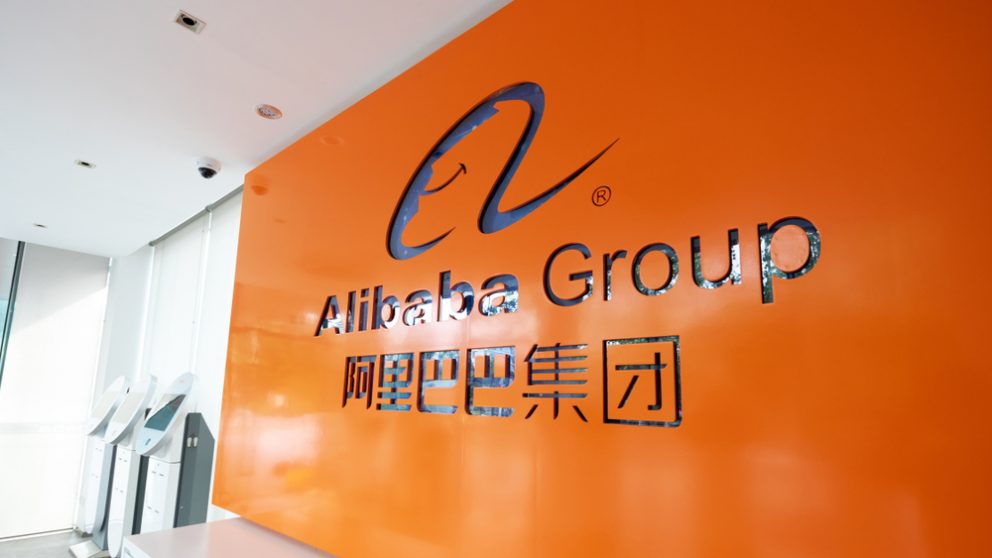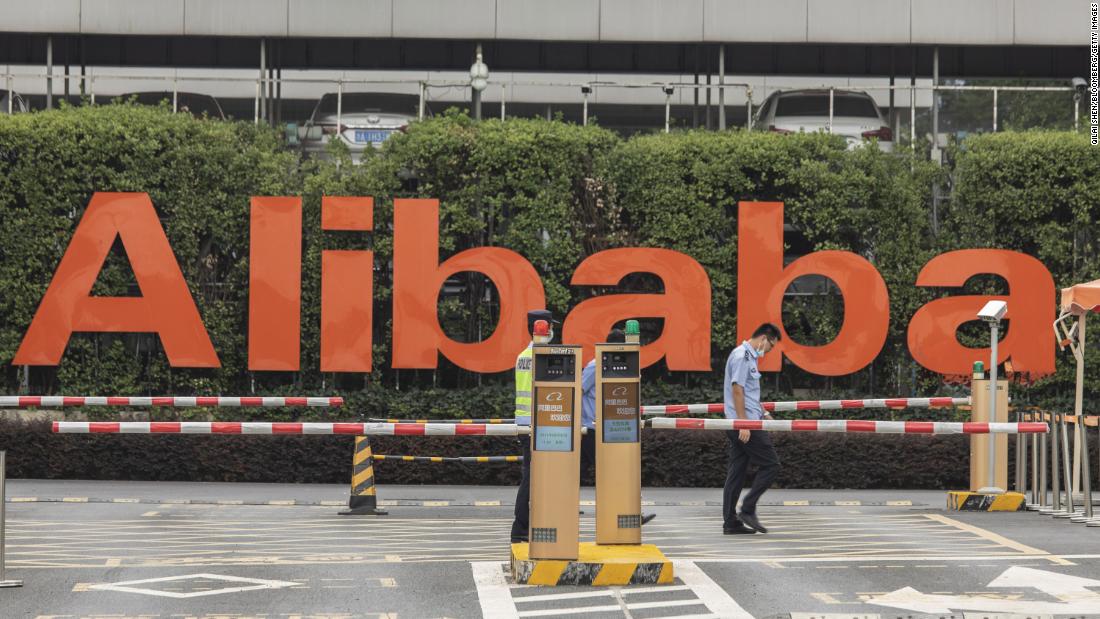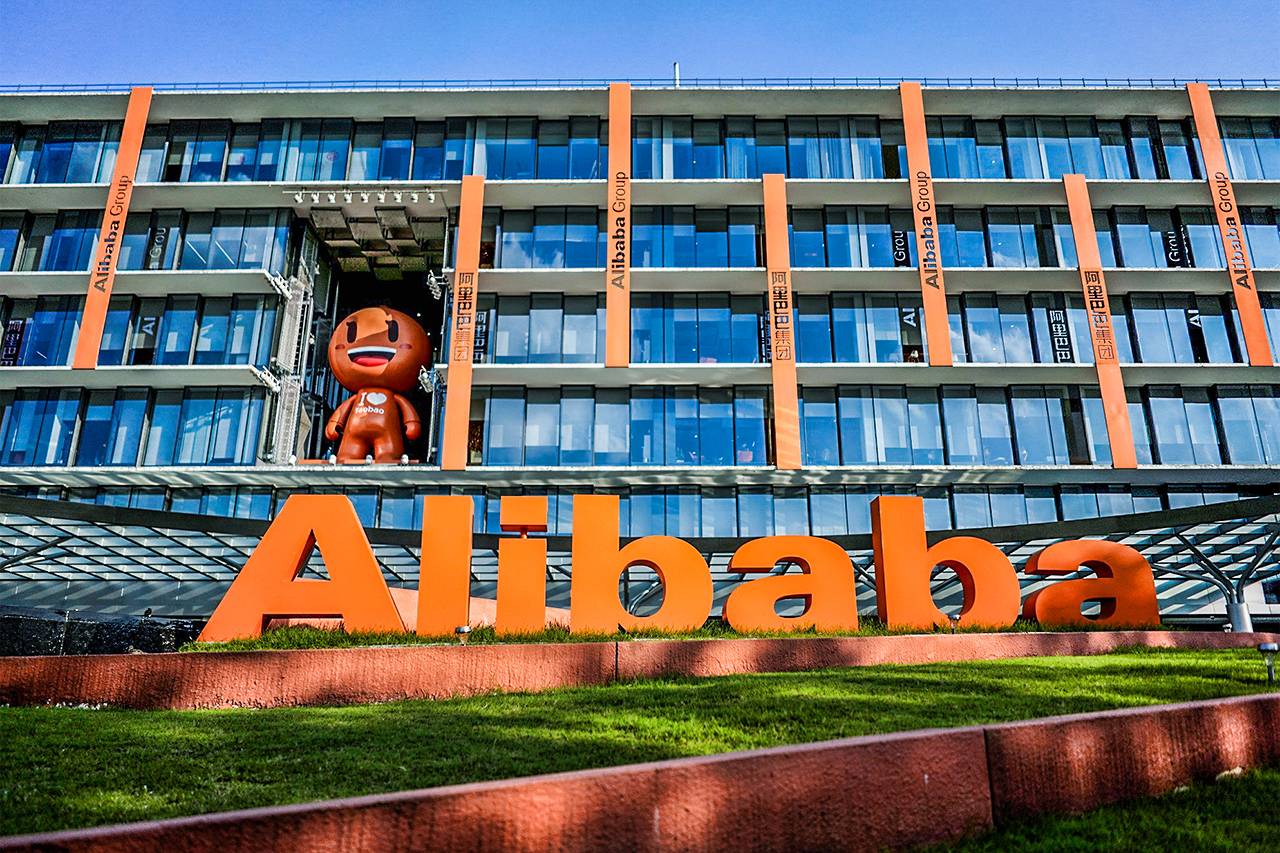Daryl Guppy Fri, Jun 10, 2022
What did you do during the Covid-19 lockdown? It is a fair guess that you spent an awful amount of time online, watching Netflix, shopping, reloading Netflix, ordering food, then watching Netflix again.
The same happened, and continues to happen in China but with one significant difference. During the Covid-19 lockdowns, many internet users turned to Chinese social media as a means of earning income. This included a massive growth in the livestream industry as an alternative model to the traditional online stores hosted by Alibaba, T-Mall and others.
Livestreaming is part variety show, part online auction and part group chat. This format was pioneered in China but it has grown more popular since the Covid-19 outbreak.
Immediately before the Covid-19 outbreak, I discussed this nascent livestream industry on Chinese national television. At that time, I suggested it was a fad — rather than a change in the economy.
Covid-19 proved me very wrong because the lockdowns changed the nature, spread and face of the online and social communities. They became both more naive and more sophisticated: More naive in the sense that suddenly social media was flooded with livestream posts from people who had very little prior experience in this area.
Some results were so bad that they became instantly amusing. More sophisticated because there was a demand for high quality of production and content required to stand out from this sudden massive increase in livestreamers.
Covid-19 accelerated the use of livestreaming and dramatically improved the quality to the extent that livestreaming has become a must-have tool for any internet-based selling.
Quality is not exclusive and nor is it difficult to come by. The result is that the competitive playing field has expanded. Even high-quality livestreaming is facing greater levels of competition for audience share and sales.
That is a problem for Western companies that have relied on low quality social media products or web-based sales via Alibaba or WeChat as their primary China sales strategy. These avenues are now old hat. That is not to say they do not deliver sales and profits, but the quantum of sales and profits is diminished. These may still be mainstream for Western consumers of Chinese products, but they are less useful for selling into the Chinese consumer market.
In addition to this drift away from these sales avenues, China has seen an explosion of specialist sales areas supported and fed by different social media platforms. Where once a presence on WeChat, T-Mall and Alibaba provided a very broad reach, this is no longer the case. Livestreaming picks selected markets and consumers.
Consider Douyin (or as TikTok is known in China) as an example. It is built for livestreamers, but it is not for everyone. Measured by livestream sales in February, around 43% of its top categories are food and beverage. This is followed by beauty and skin care with a 31% share. But the next closest category is Mom and Baby care taking a 14% slice. Home appliances bring up fourth place with an 11% share.
Do the maths. Using Douyin for anything outside of these top four categories does not hit a large percentage of its users.
Web-based and social media marketing and sales has become more fragmented, more competitive and reaches a higher standard than in the period pre-Covid-19. The Chinese landscape has changed: The challenge for business — large, small and micro — is to explore these changes and refine the methods and messages used to reach Chinese consumers.
China was always a sophisticated market, but the demands of Covid-19 have made it more so.
Technical outlook for the Shanghai market

The Shanghai Index has confirmed the breakout from the long-term downtrend. There are three parts of this confirmation, and together they give confidence that the index can move smoothly towards the first target near 3,380.
The most obvious confirmation is the role played by trend line B. This support feature has been tested successfully several times. The trend line has two major anchor points. Other bullish trend breaks features suggest that the line will easily confirm another third anchor point.
The second part of this uptrend confirmation is the clear and decisive close above the long-term support and resistance levels shown as line A near 3,220. In March and April, the index oscillated around these levels before continuing the market decline. This suggests there is a higher probability that this level will influence the market in the same way as this current rally develops.
Traders watch for consolidation to develop around this level. This level acts as a support feature as does trend line B. A fall to trend line B and a rebound is consistent with the breakout and the new uptrend.
The third part of the uptrend confirmation is the pattern of behaviour with the Guppy Multiple Moving Average (GMMA) indicator. The wide separation in the long-term group of averages in the GMMA is disappearing as compression develops.
This compression shows that investors have stopped selling and they have started buying because they believe the market trend is changing. Additionally, the short-term GMMA has compressed and is moving above the upper edge of the long-term GMMA. This type of fast movement is a characteristic of the Shanghai Index and is associated with rapid trend breakouts.
Unusually for the Shanghai Index, this breakout is not accompanied by a Relative Strength Index (RSI) divergence between the RSI trend and the trend behaviour of the Index. This does not weaken the developing power of the current breakout.
This price behaviour is the most bullish behaviour seen since March 2020 and August 2021. This strong developing breakout suggests the China economy is stronger than many commentators believe.









